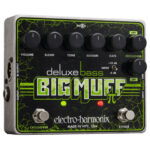Learning guitar chords can be an exciting journey, and the D minor (Dm) chord is a fundamental one to add to your repertoire. This guide will break down how to play the Dm guitar chord, offering clear instructions and helpful tips to get you strumming smoothly in no time. If you’re just starting out or looking to solidify your chord knowledge, understanding the D Minor Guitar Tab is essential.
The Dm chord is often compared to the D major chord, a shape many beginners learn early on. Using this familiar chord as a starting point can make learning D minor much easier. Both chords utilize three fingers and are played on the top four strings of your guitar. The key difference lies in the position of just one finger, which alters the chord from major to minor.
Let’s visualize the difference:
D Major Chord
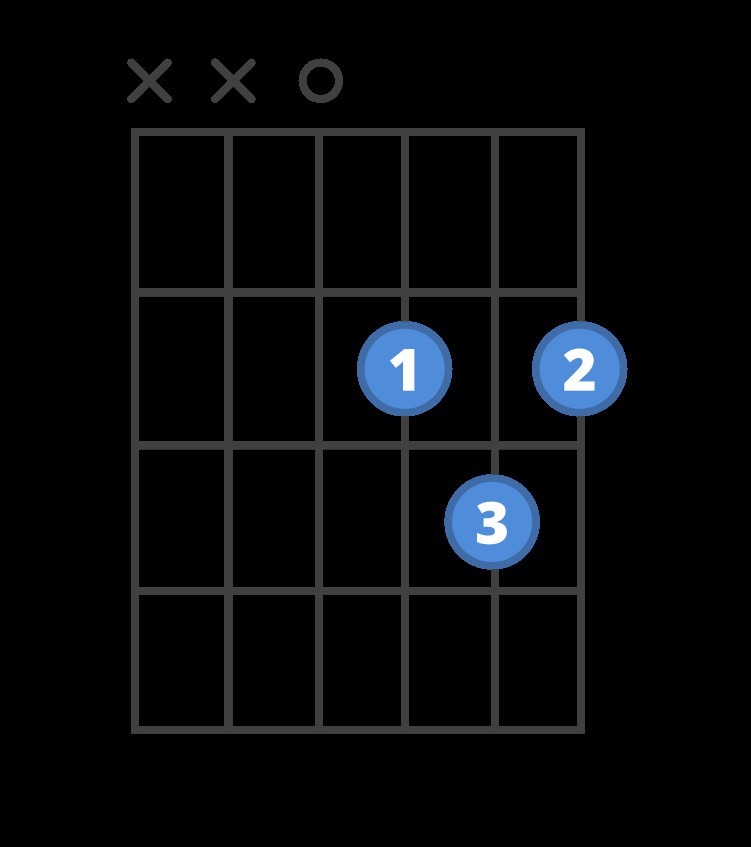 Chord diagram for the D guitar chord.
Chord diagram for the D guitar chord.
D Minor Chord (Dm)
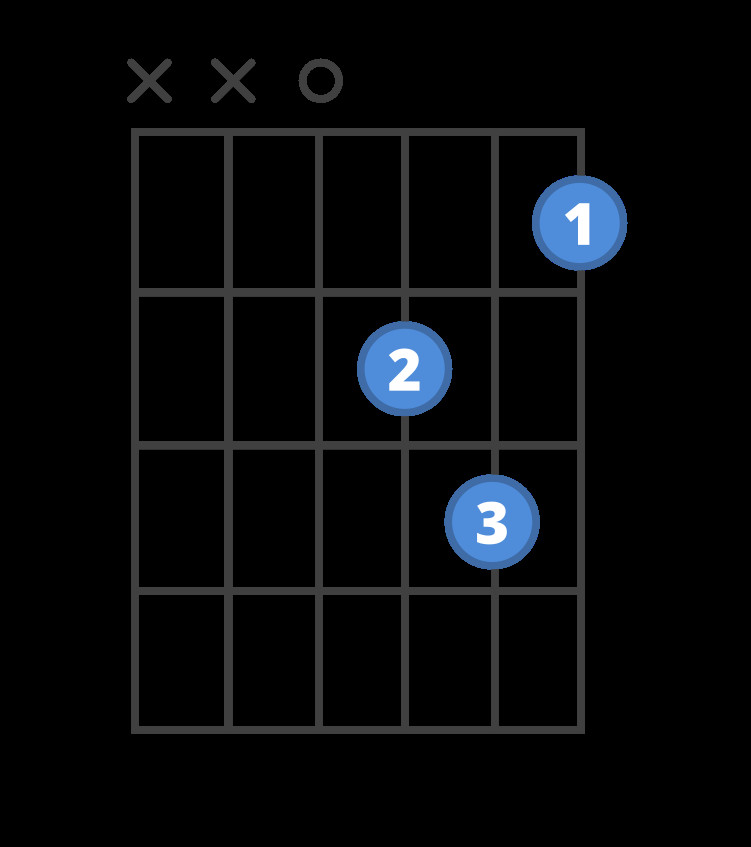 Chord diagram for the Dm guitar chord.
Chord diagram for the Dm guitar chord.
As you can see in these d minor guitar tab diagrams, the transition from D major to D minor involves moving the finger on the first string down by a half step, or one fret. This seemingly small adjustment changes the musical quality significantly. The D major chord has a bright, happy sound, while the D minor chord evokes a more somber or melancholic feeling. This change is due to the alteration of the major third interval to a minor third, creating the notes D, F, and A, which together form the D minor chord.
Mastering the Dm Chord: Practice Tips
To really nail the Dm chord and get comfortable with this d minor guitar tab shape, consider these practice tips:
Focus on the Top Four Strings
It’s crucial to remember that the Dm chord, like the D major, is played on only the highest four strings – that’s the thinnest strings closest to the floor when you’re holding your guitar in playing position. Beginners sometimes assume they need to strum all six strings, but many guitar chords, including Dm, sound best and are designed to be played on a selection of strings. Think of a piano – it has many keys, but not all are played at once!
Finger Arching is Key
The Dm chord requires a bit of finger dexterity, particularly for your second finger. Ensure you arch your fingers when forming the chord shape. This is especially important for your middle finger (the second finger), as there’s a risk it might accidentally dampen the first string, causing an unwanted buzzing sound or muting the string altogether. Proper finger arching ensures each string rings out clearly.
The “On-Off Drill” for Chord Memorization
A highly effective technique for memorizing guitar chord shapes, including this d minor guitar tab, is the “On-Off Drill.” This exercise helps build muscle memory and speeds up chord transitions:
- Form the Dm Chord: Place your fingers on the fretboard in the D minor shape.
- Strum and Count: Strum the top four strings for four counts (count to four, strumming on each beat).
- Release and Rest: Take your fingers completely off the strings for another four counts.
- Repeat: Immediately place your fingers back into the Dm chord shape and repeat the strumming and release cycle.
Repeating this “on-off” motion helps your brain and fingers memorize the Dm shape more efficiently. The four beats off the strings give you just enough time to refocus and ensure your finger placement is accurate each time.
Once you feel comfortable with the Dm chord on its own, challenge yourself by switching between Dm and another chord. A great chord to practice transitioning to and from Dm is the F major chord.
Dm Chord
 Chord diagram for the Dm guitar chord.
Chord diagram for the Dm guitar chord.
F Major Chord
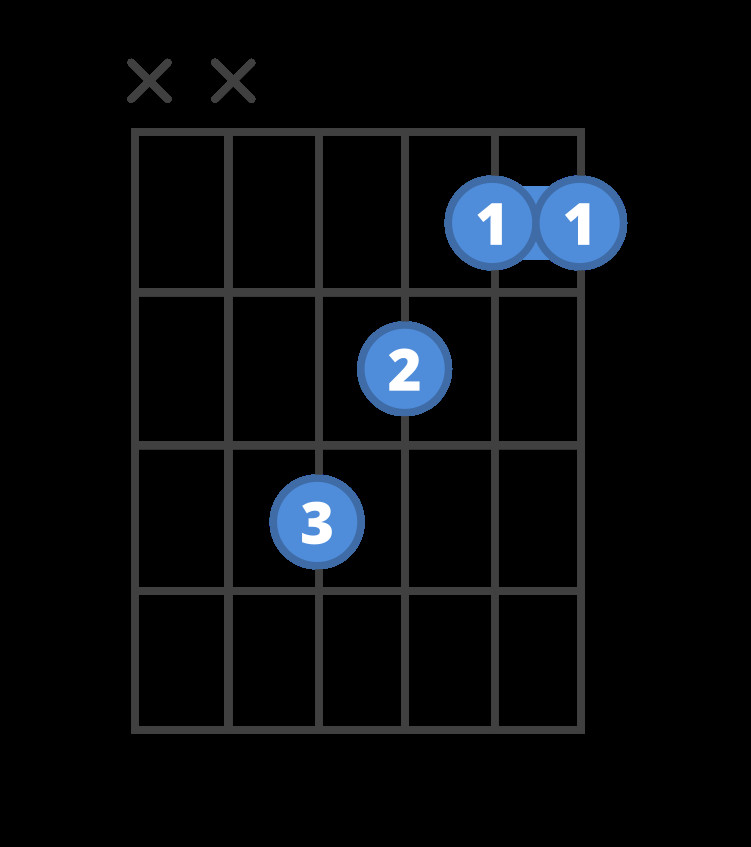 Chord diagram for the F guitar chord.
Chord diagram for the F guitar chord.
Practicing chord changes between Dm and F will improve your dexterity and make your playing smoother.
Expanding Your Chord Vocabulary: Chords that Go Well with Dm
The Dm chord is frequently used in combination with other common guitar chords. If you’re learning Dm, it’s beneficial to also familiarize yourself with these chords as they often appear together in songs:
F Major Chord
If you haven’t yet explored the F major chord, now is an excellent time. Dm and F are commonly paired in countless songs across various genres.
[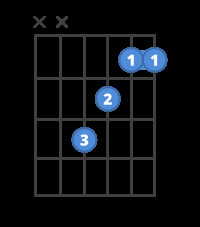 Chord diagram for the F guitar chord.
Chord diagram for the F guitar chord.
HOW TO PLAY
F Major](/chords/f-major)
C Major and Bb Major Chords
Additionally, C major and Bb major (B flat major) chords are frequent companions to Dm. Mastering these chords alongside Dm will unlock a wide range of songs and musical possibilities.
[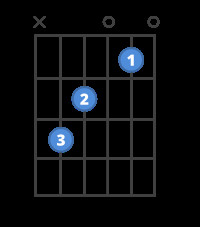 Chord diagram for the C guitar chord.
Chord diagram for the C guitar chord.
HOW TO PLAY
C Major](/chords/c-major)
[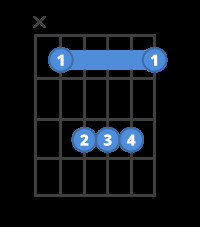 Chord diagram for the Bb guitar chord.
Chord diagram for the Bb guitar chord.
HOW TO PLAY
Bb Major](/chords/b-flat-major)
Explore More Easy Minor Chords
Once you’ve conquered the D minor guitar tab and chord, you can continue expanding your minor chord vocabulary. Two other easy and essential minor chords to learn are Am (A minor) and Em (E minor):
[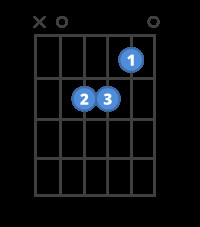 Chord diagram for the Am guitar chord.
Chord diagram for the Am guitar chord.
HOW TO PLAY
A Minor](/chords/a-minor)
[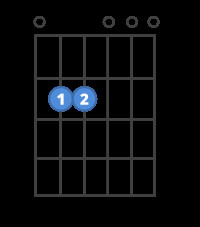 Chord diagram for the Em guitar chord.
Chord diagram for the Em guitar chord.
HOW TO PLAY
E Minor](/chords/e-minor)
By learning the D minor guitar tab and mastering the Dm chord, you’ve taken a significant step in your guitar playing journey. Consistent practice and exploring related chords will open up even more musical avenues for you to enjoy. Keep practicing and happy strumming!
By Anna Freitas
Guitar Instructor

